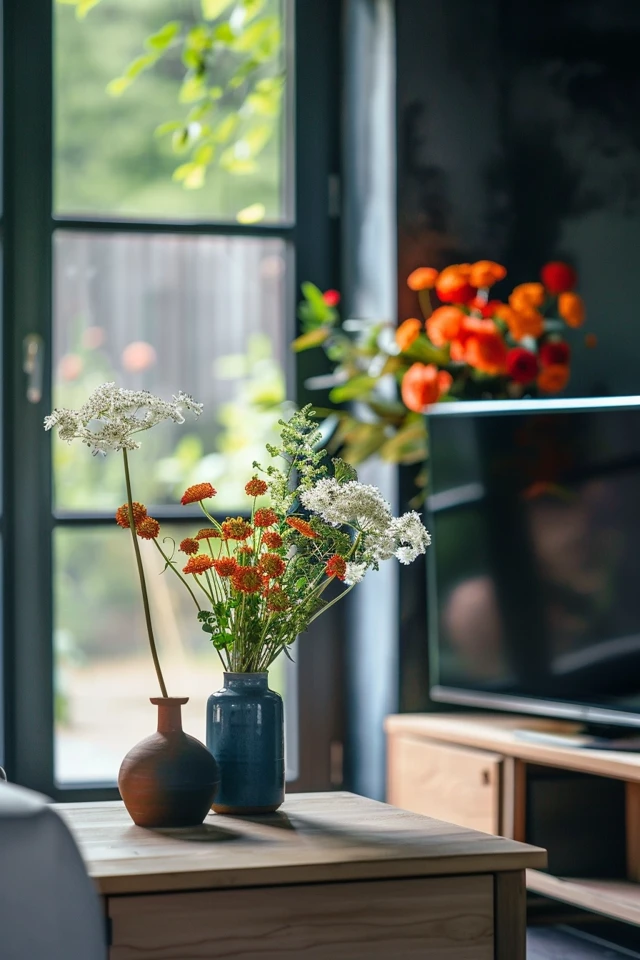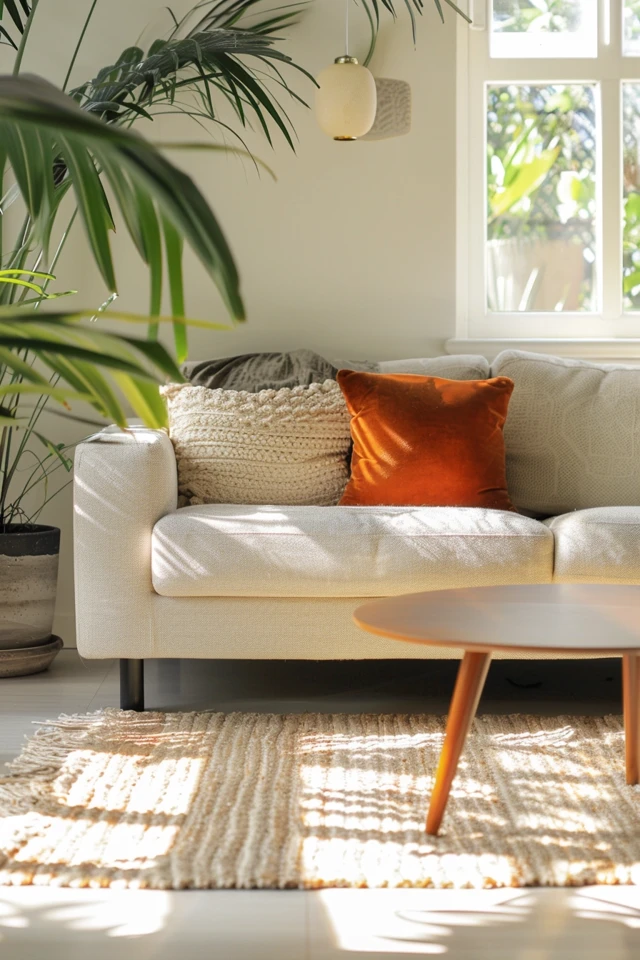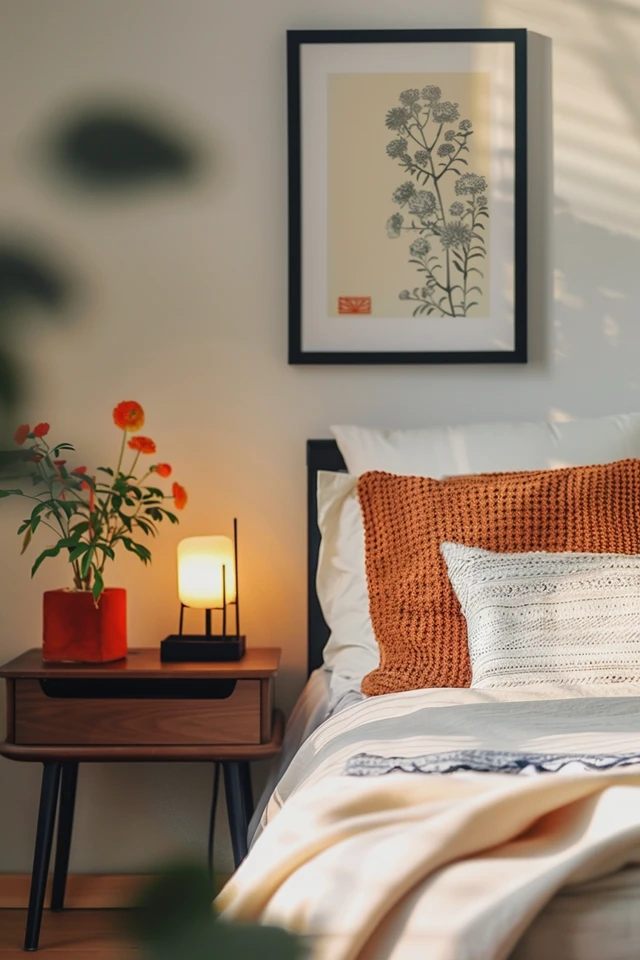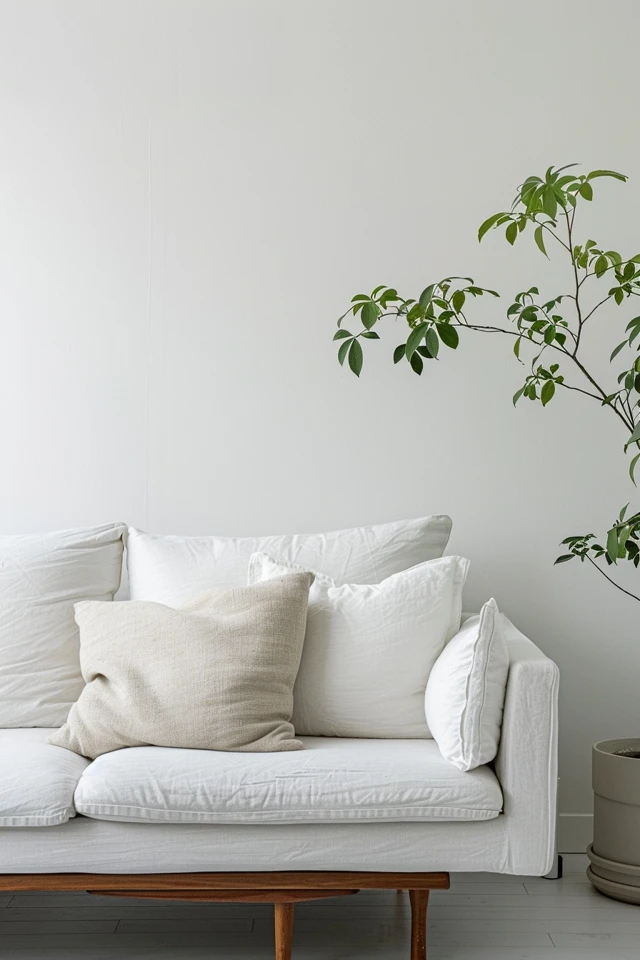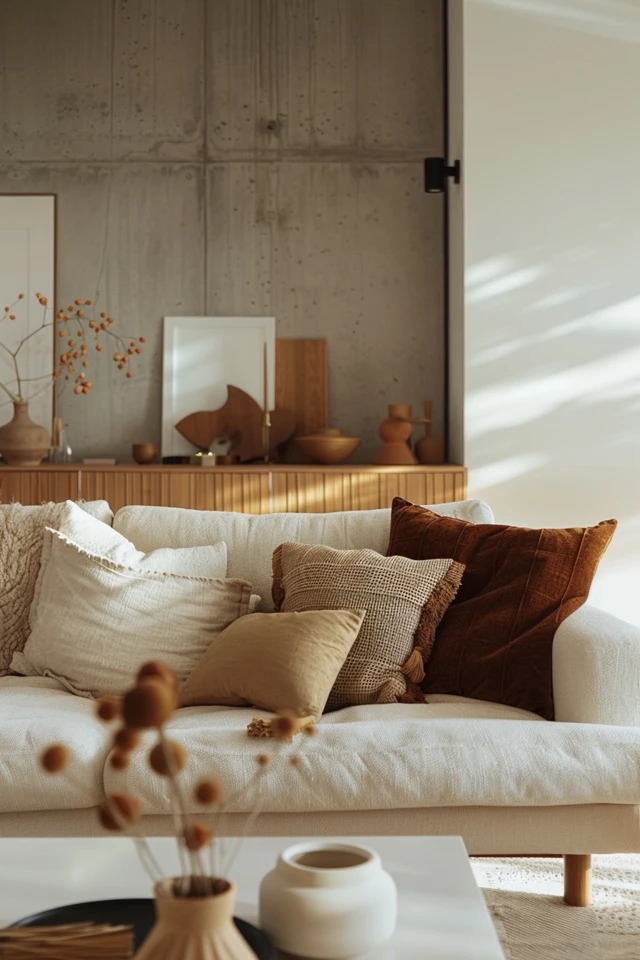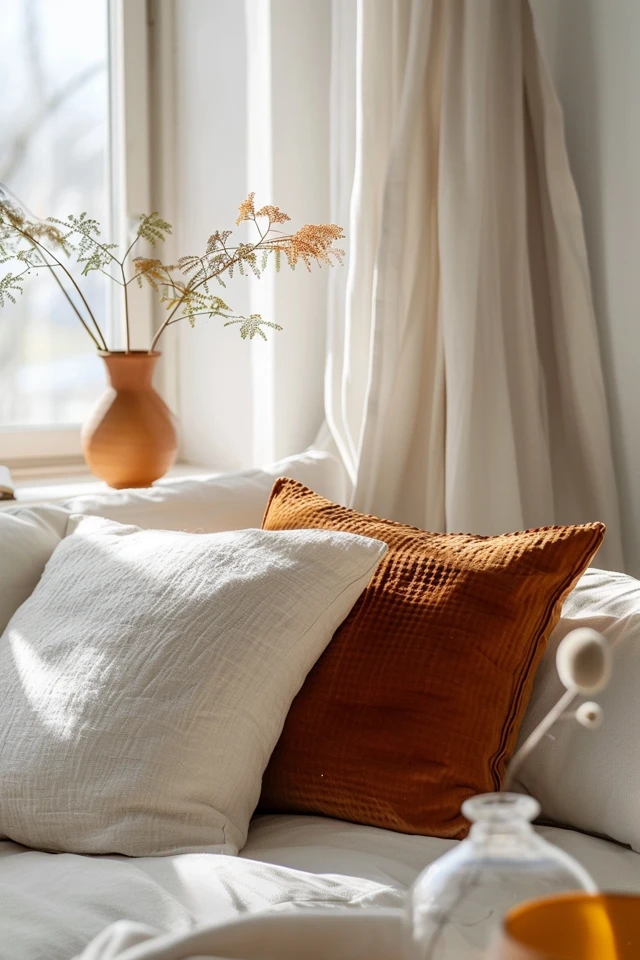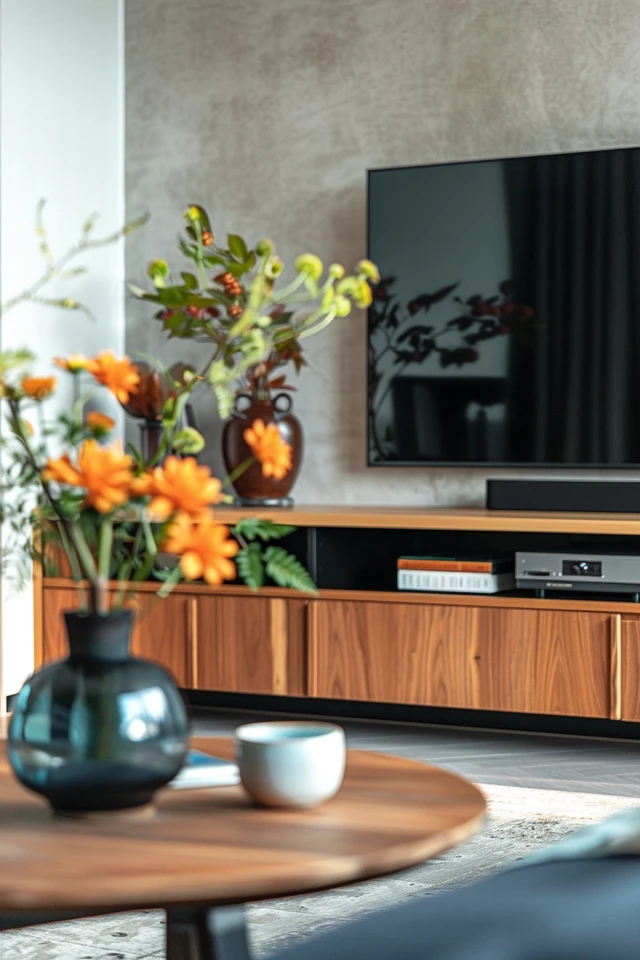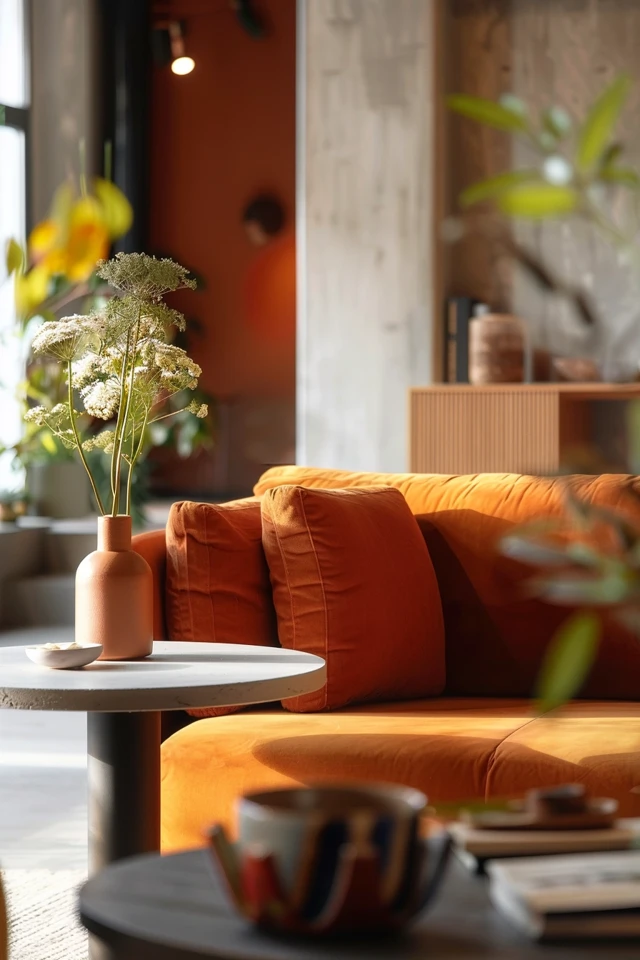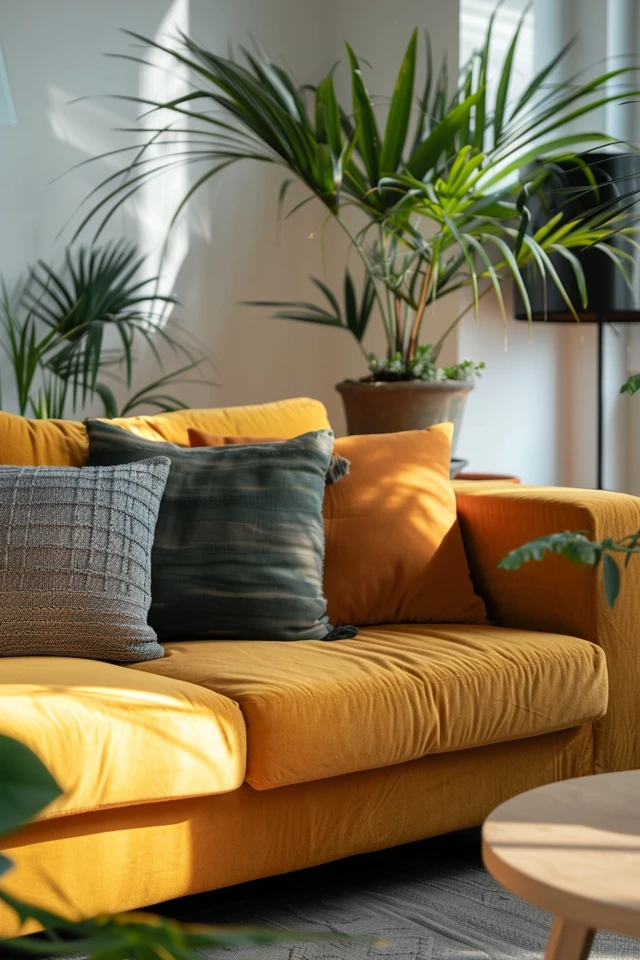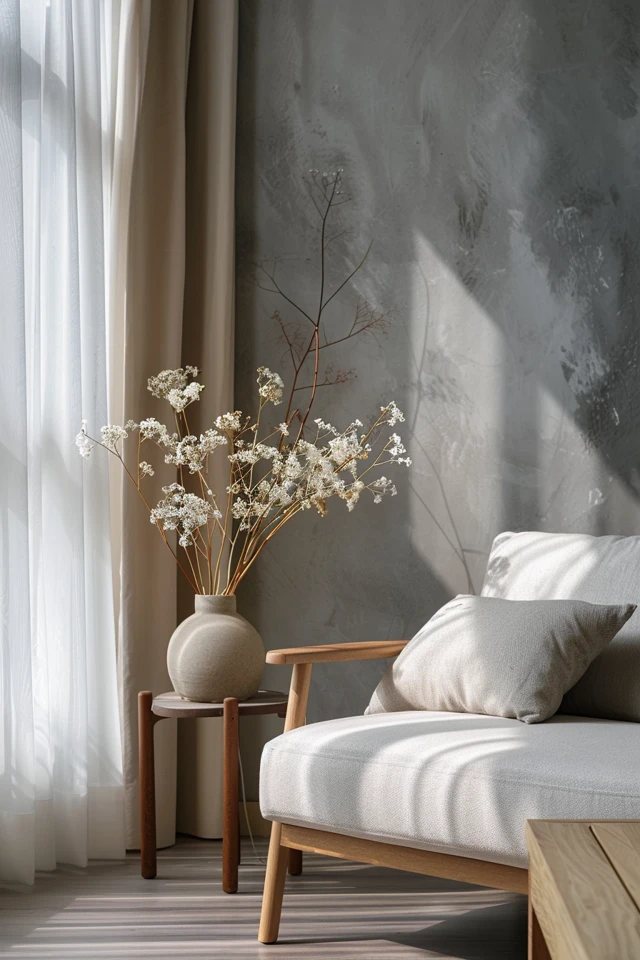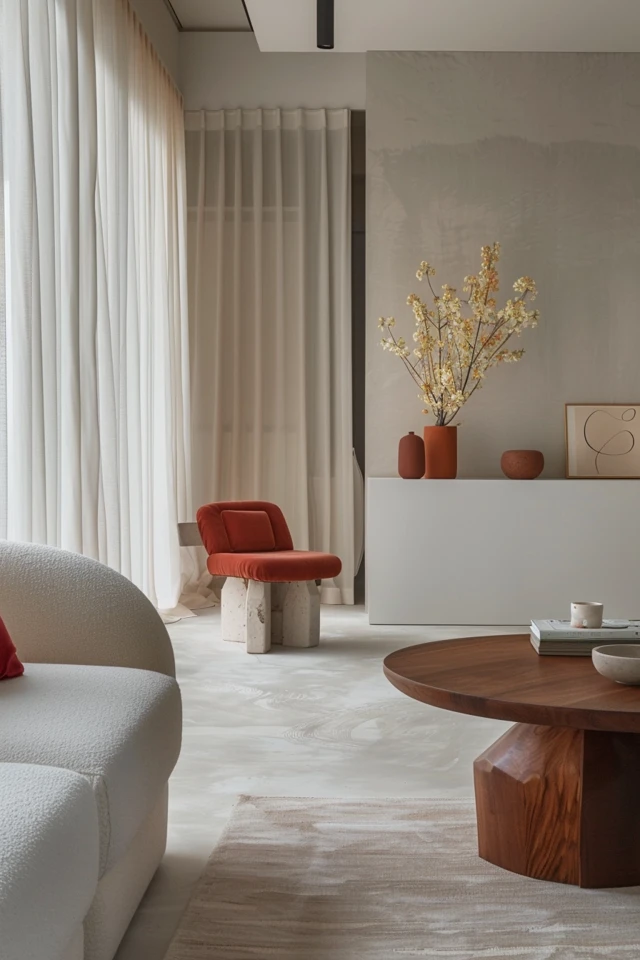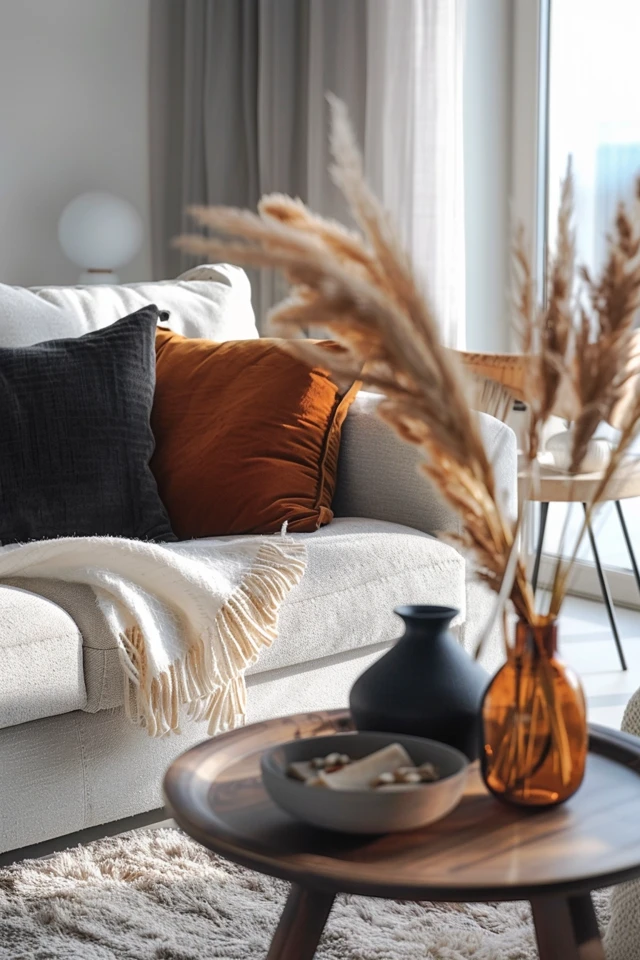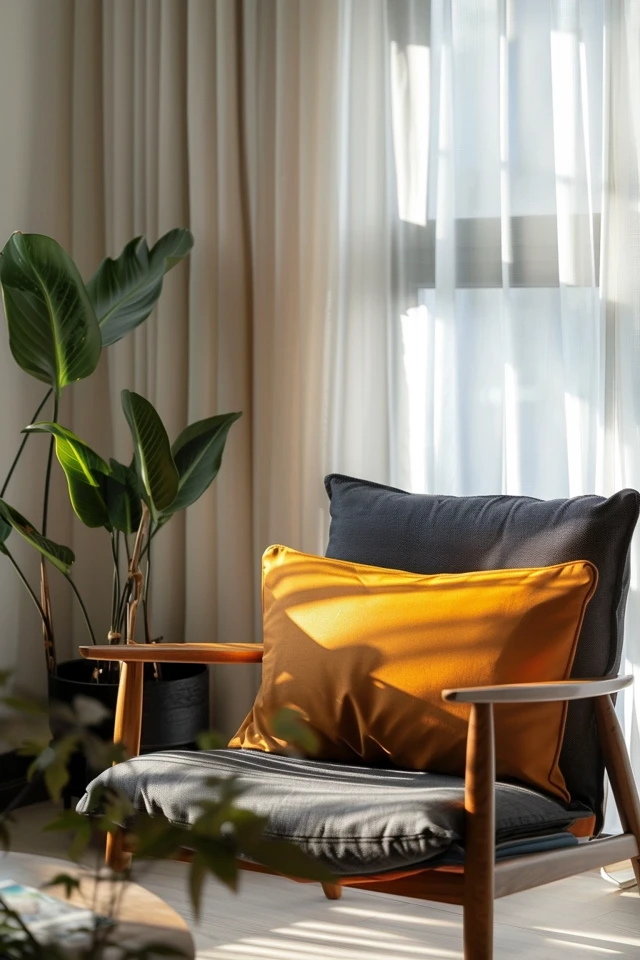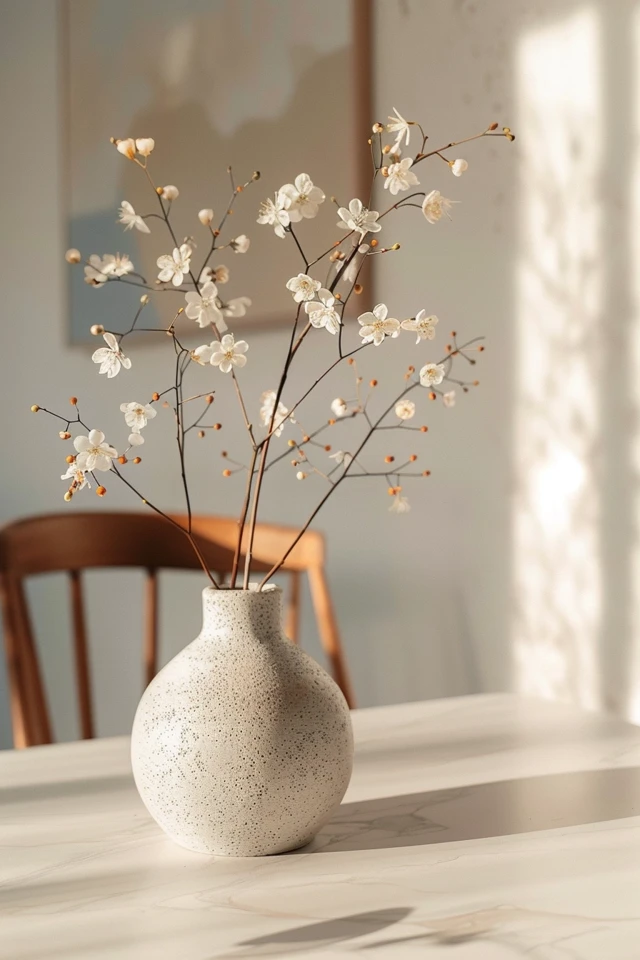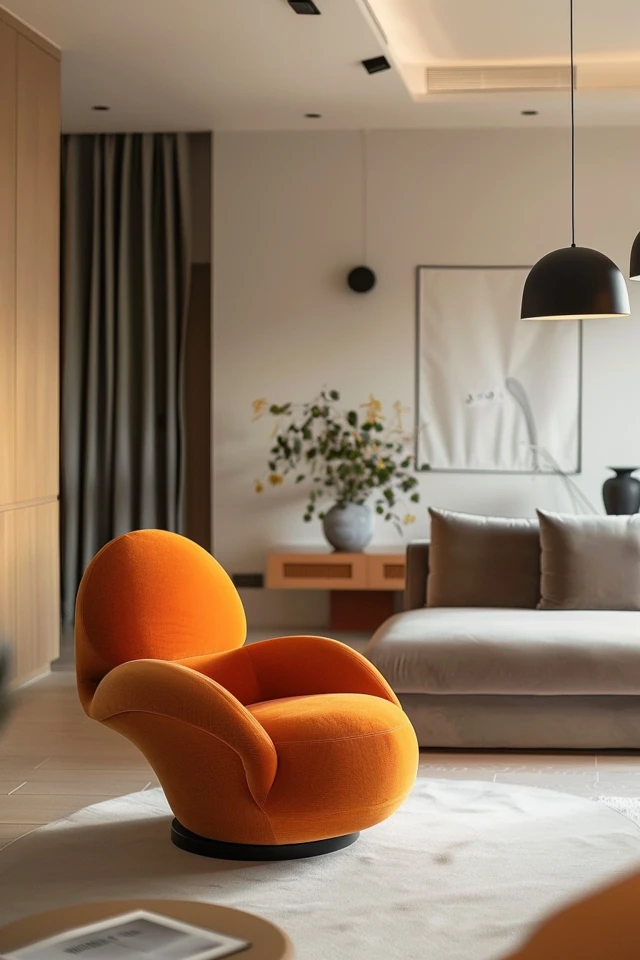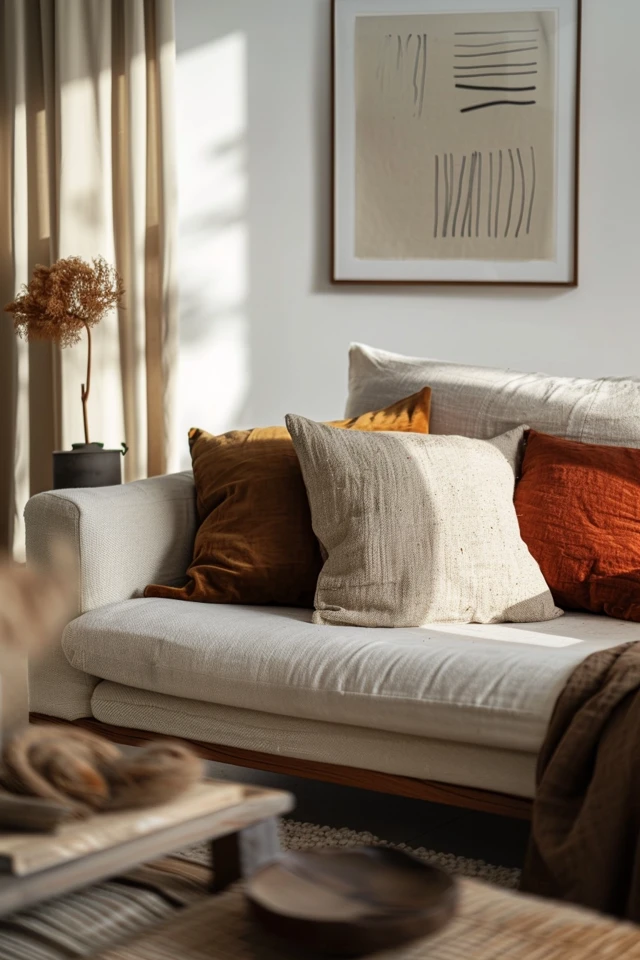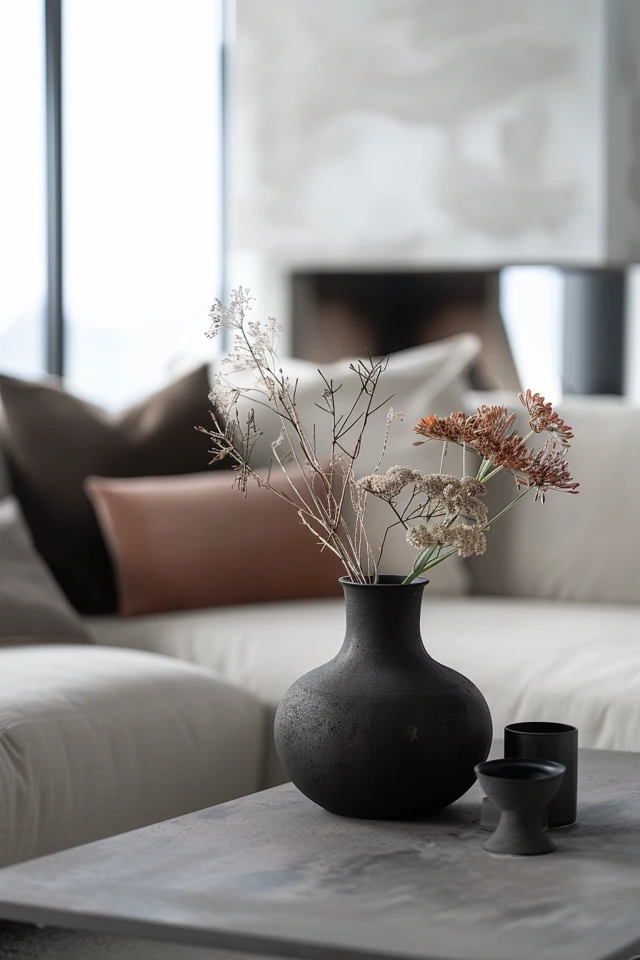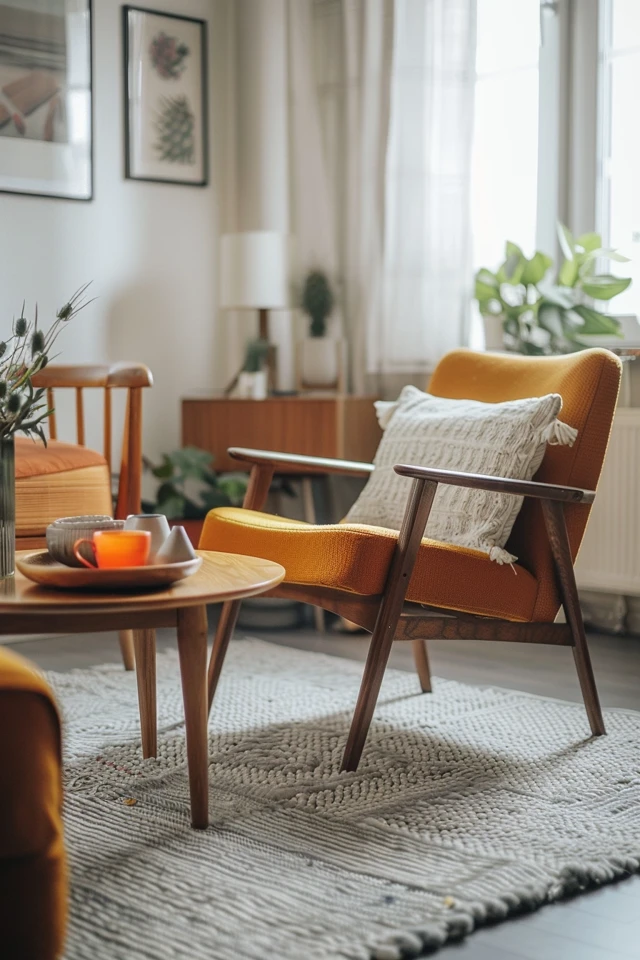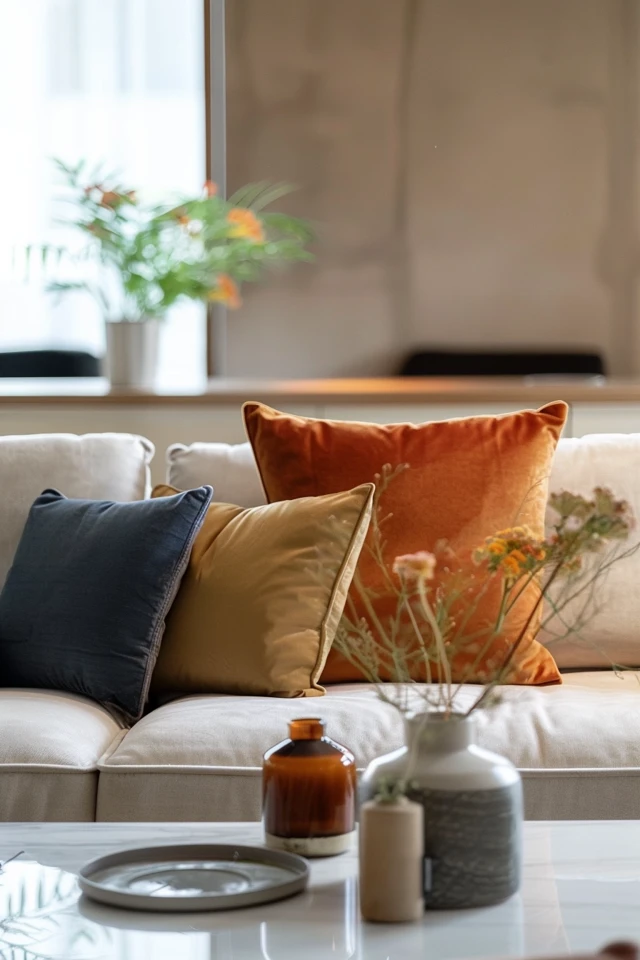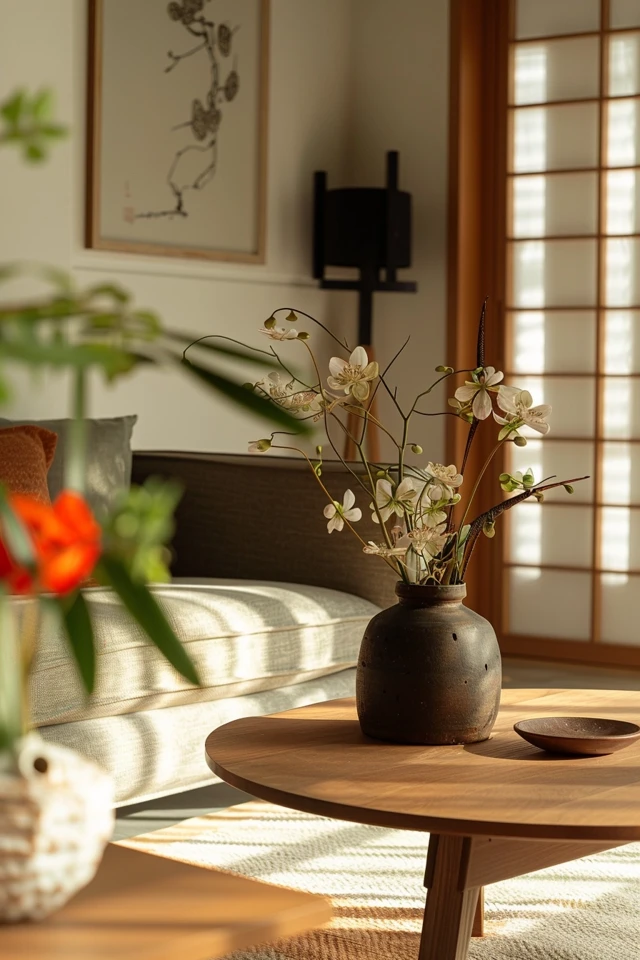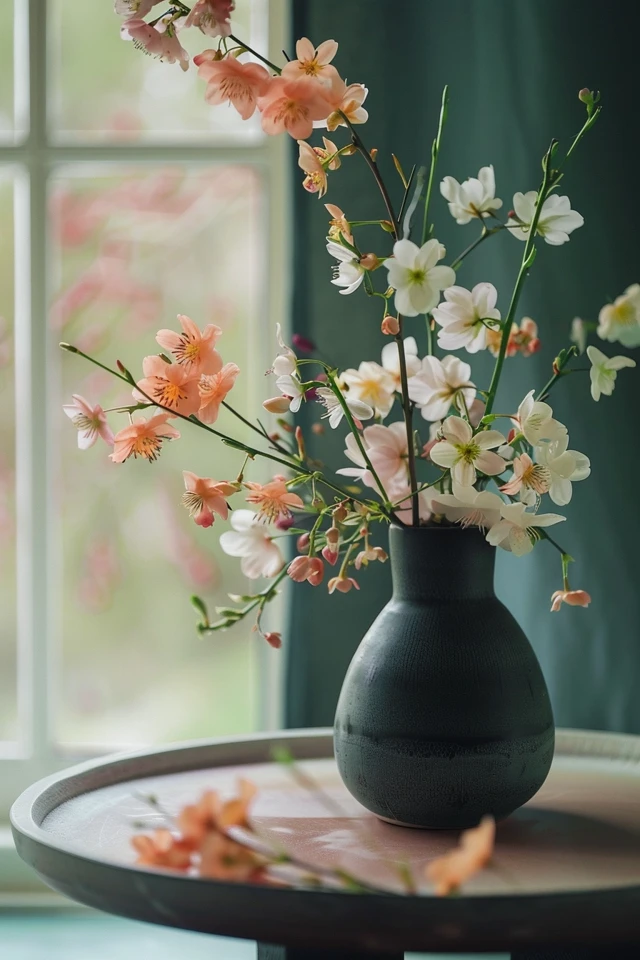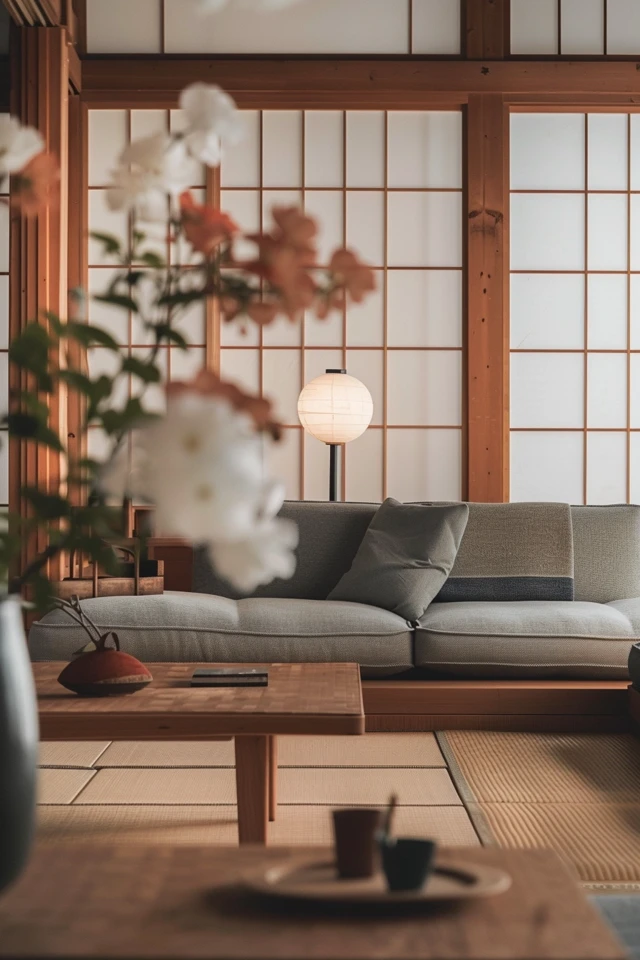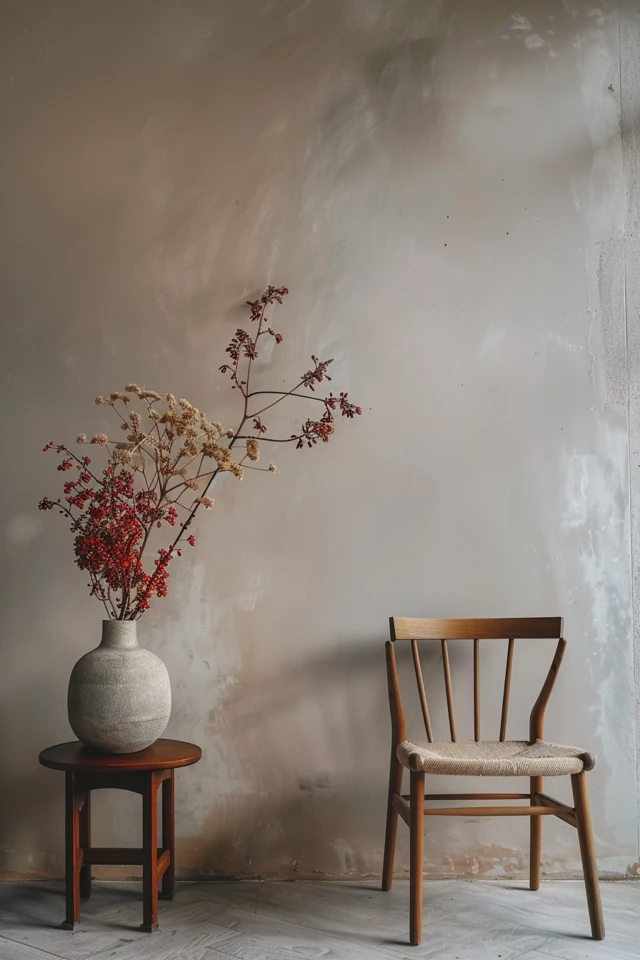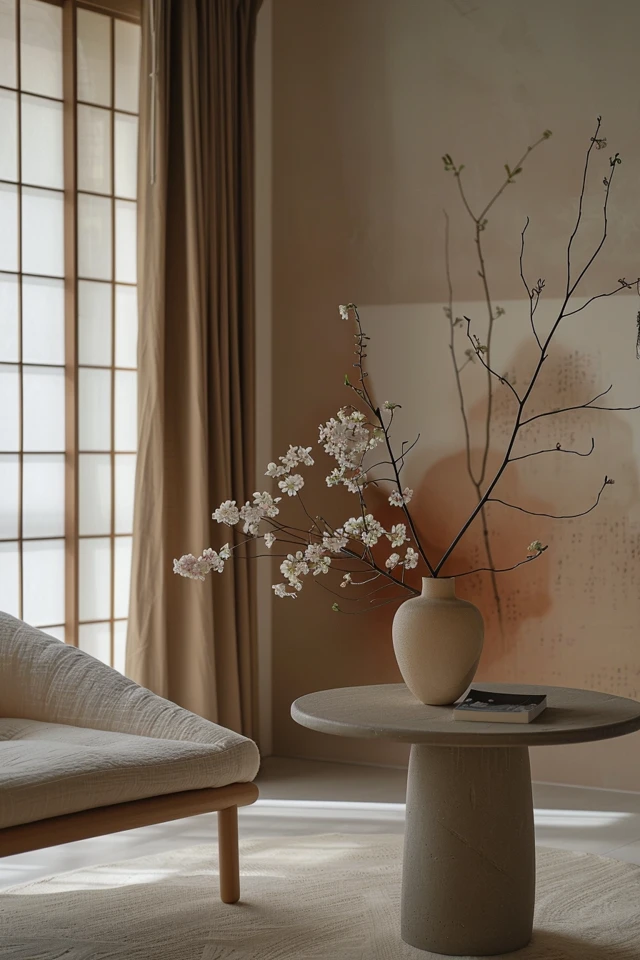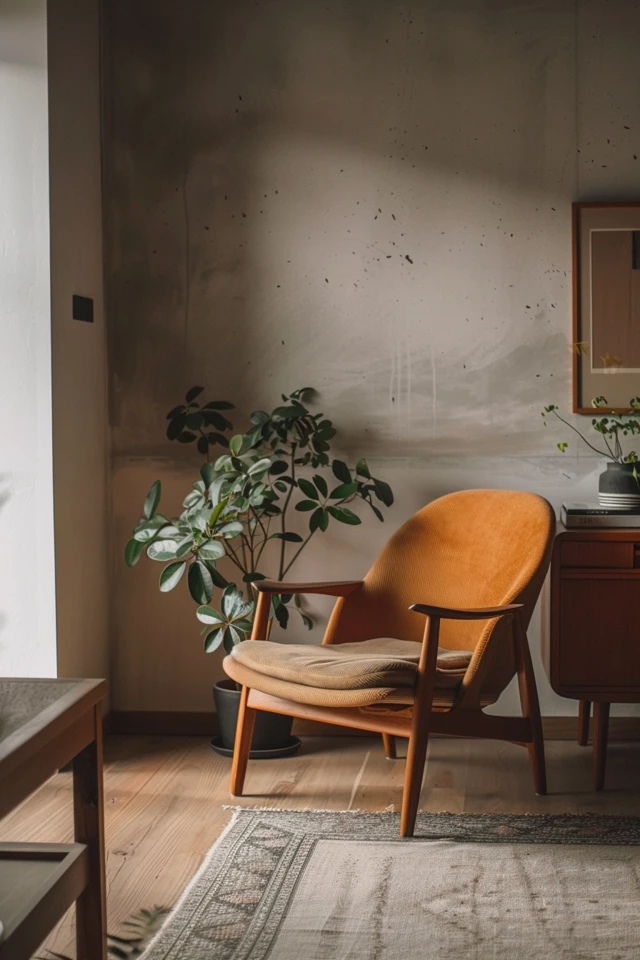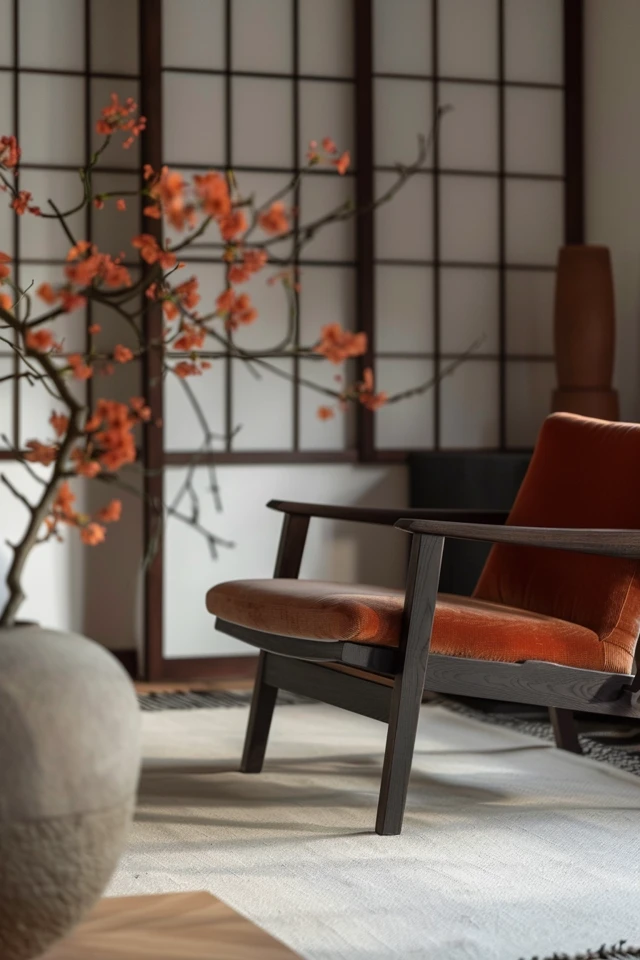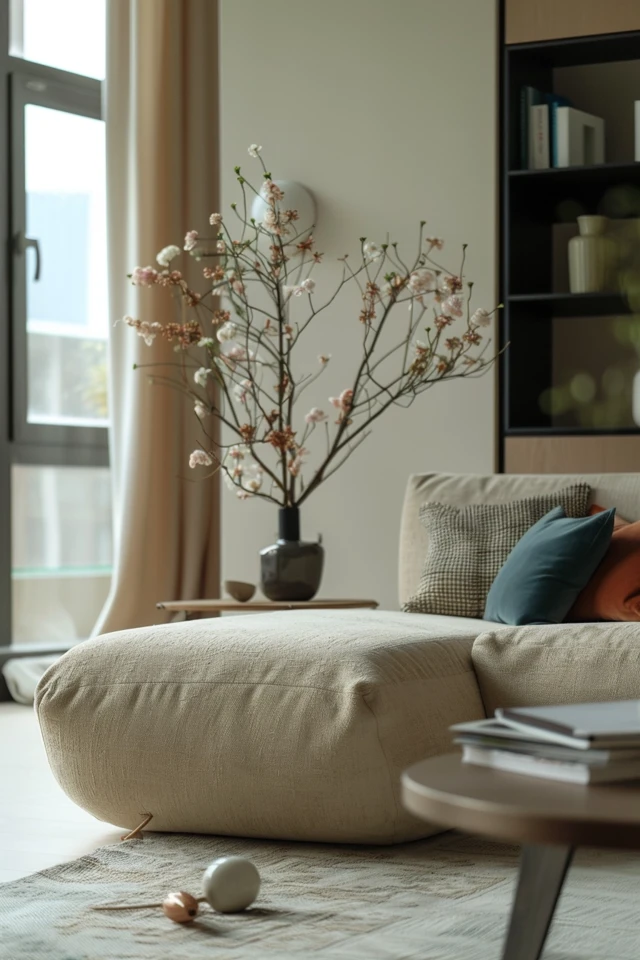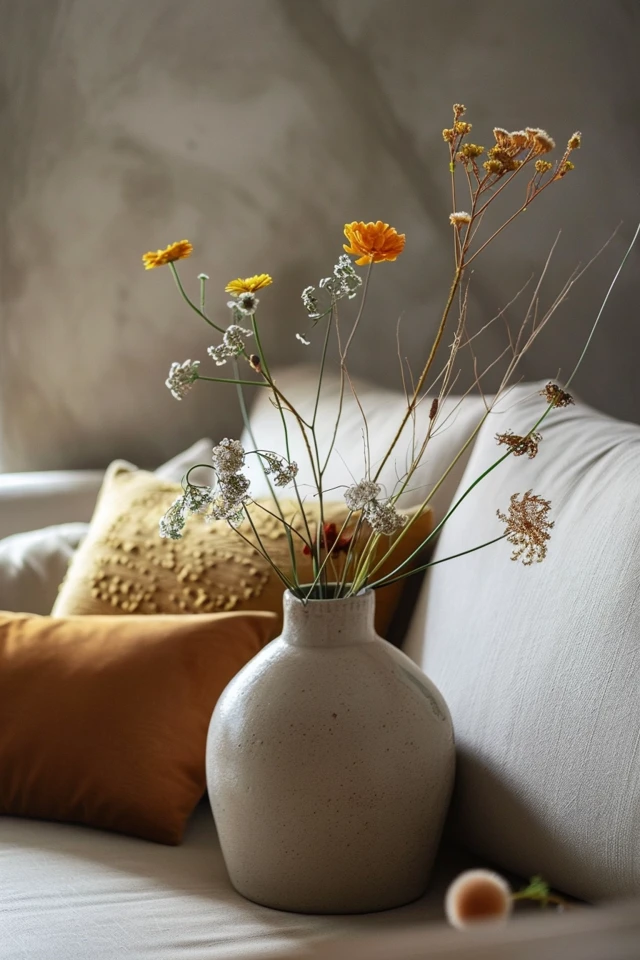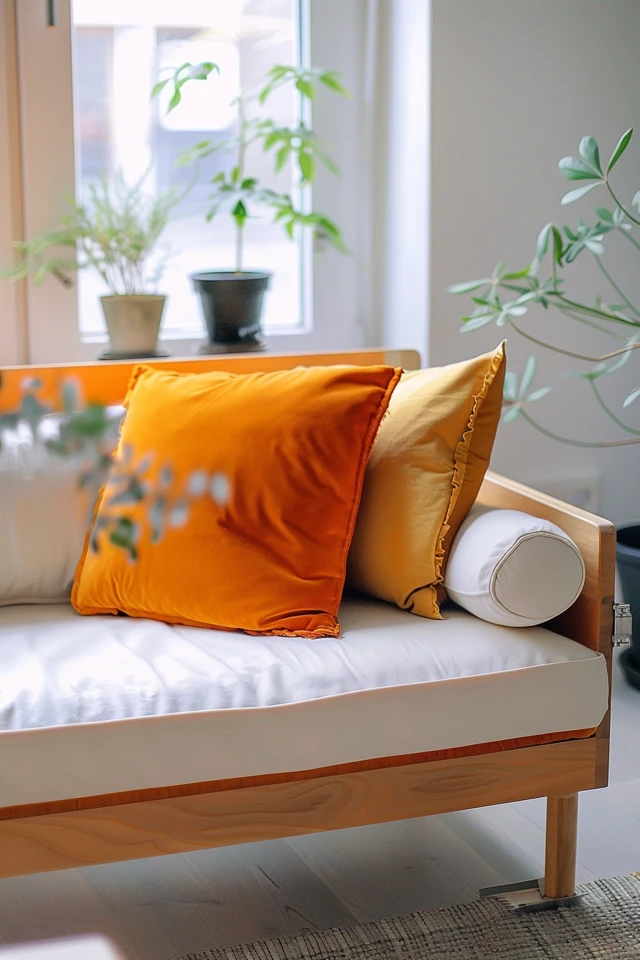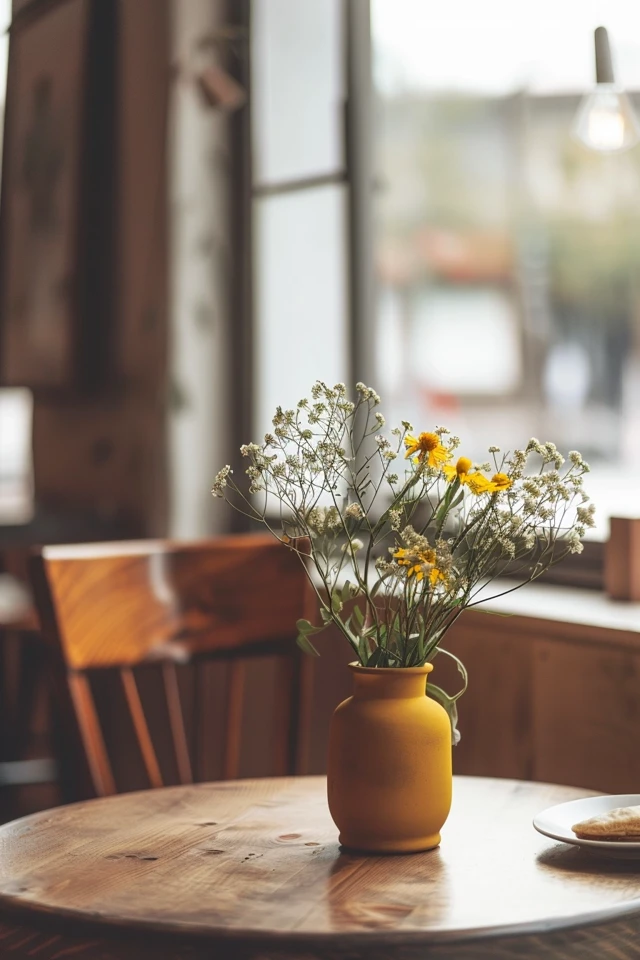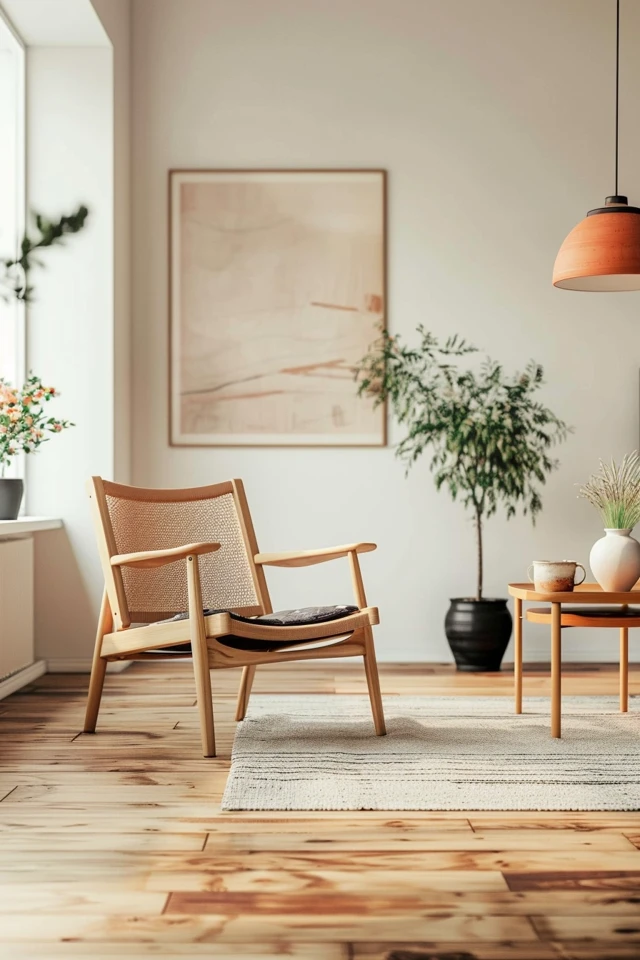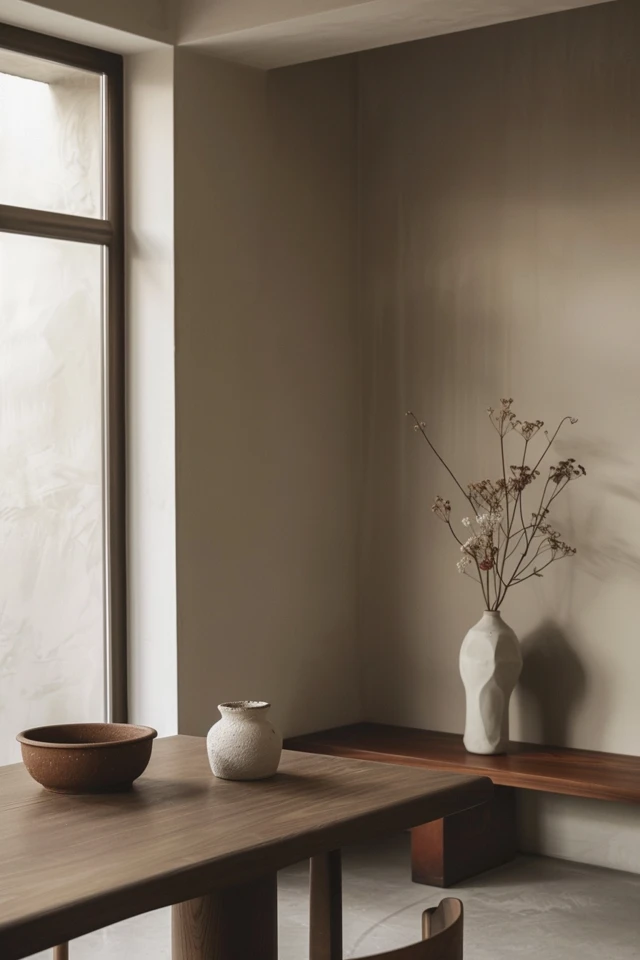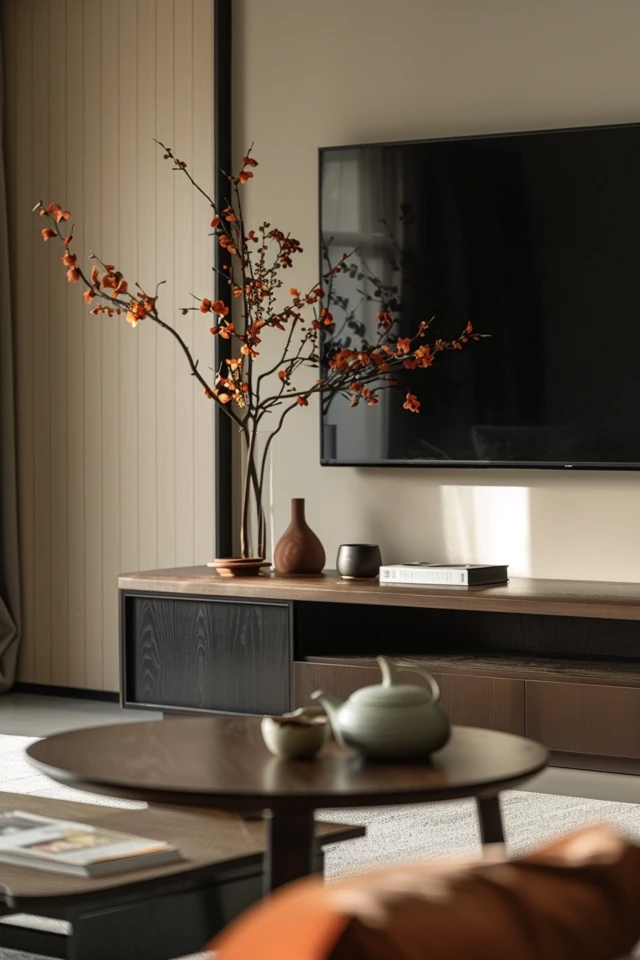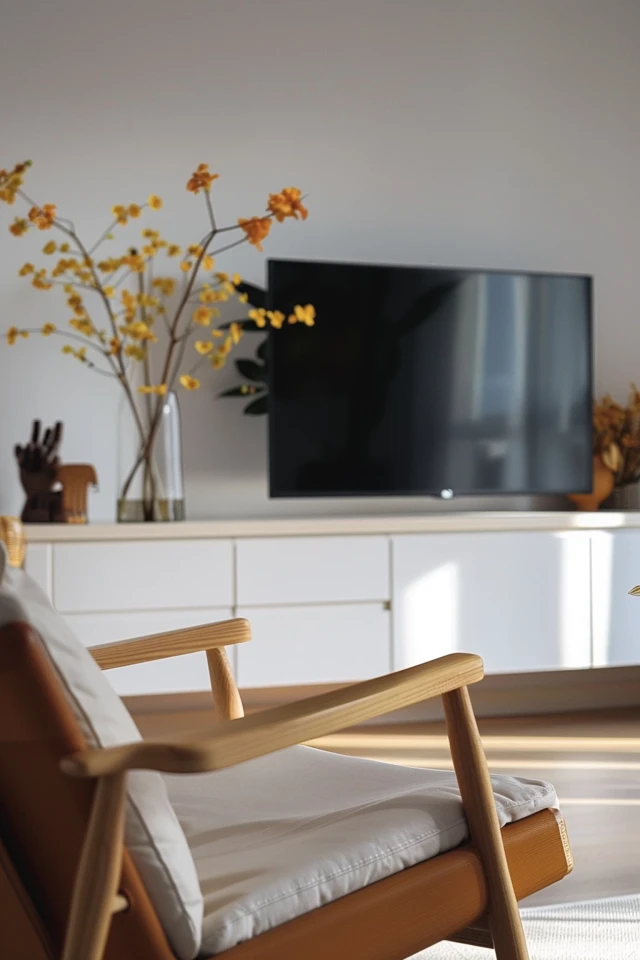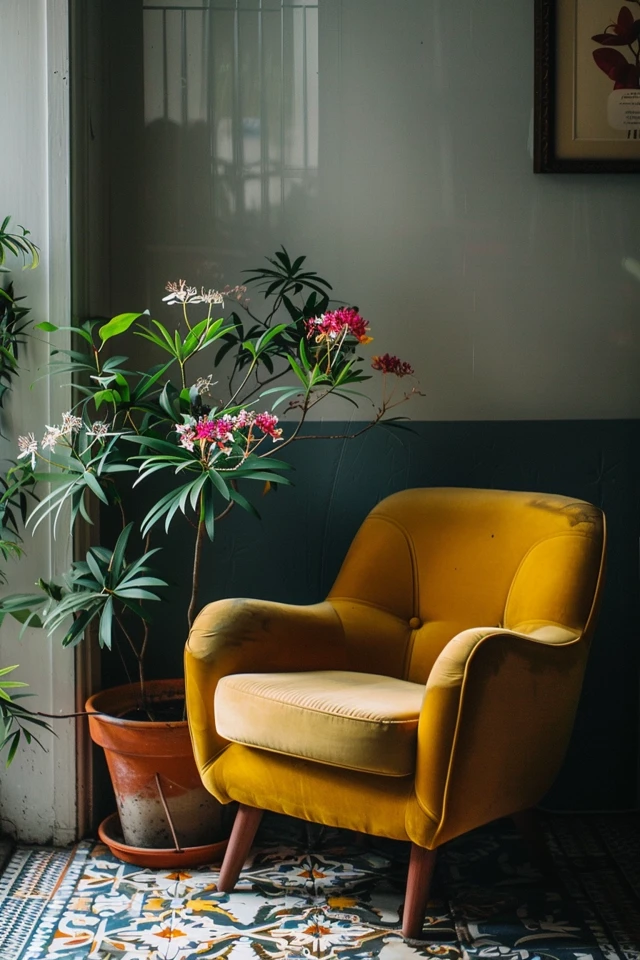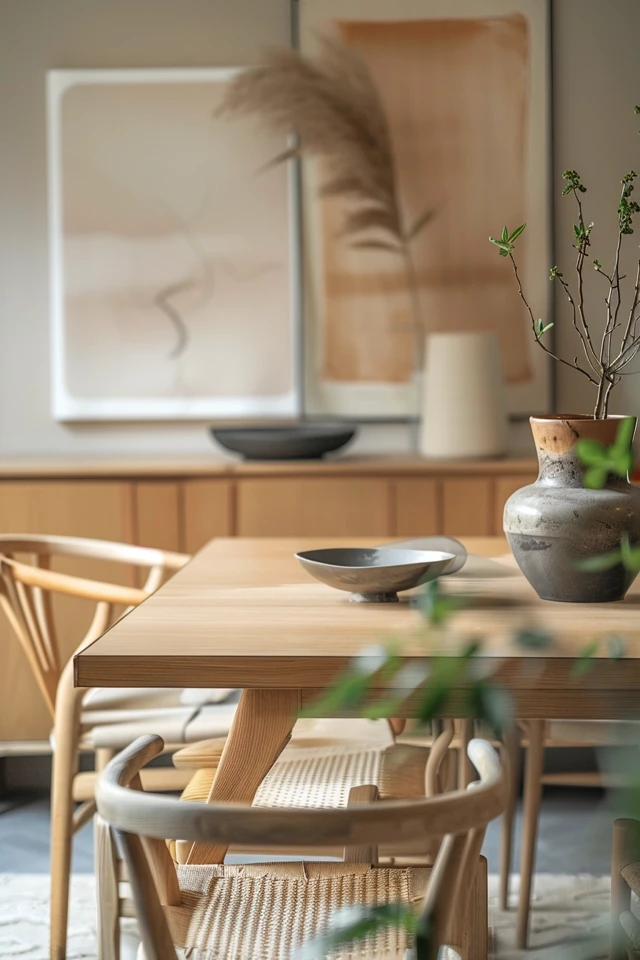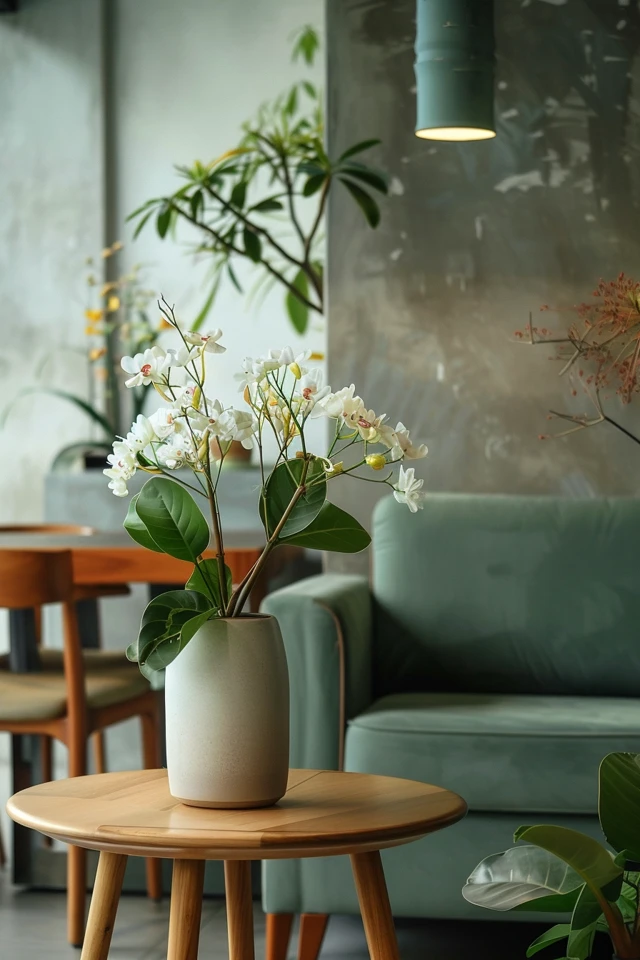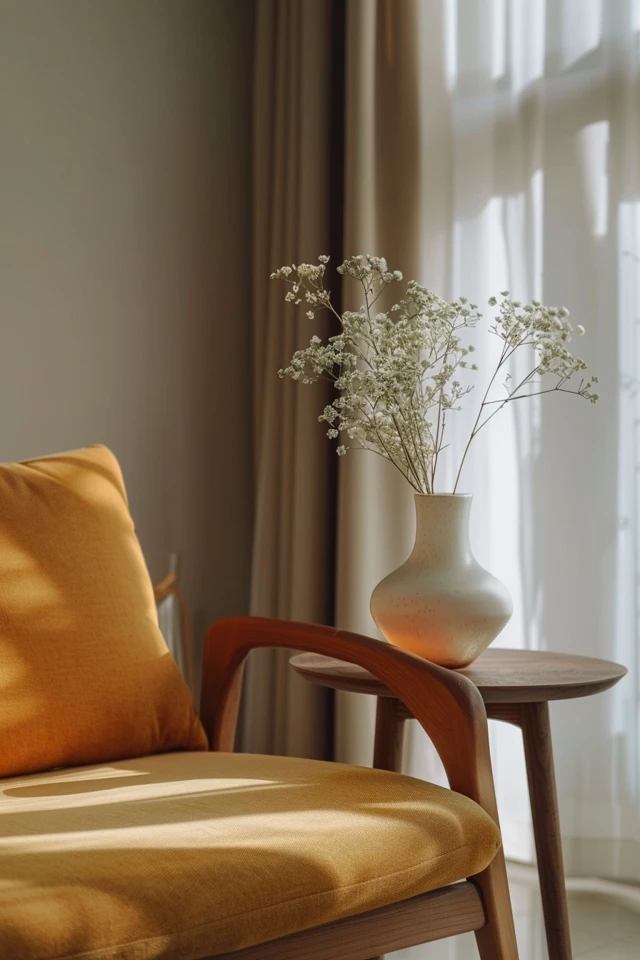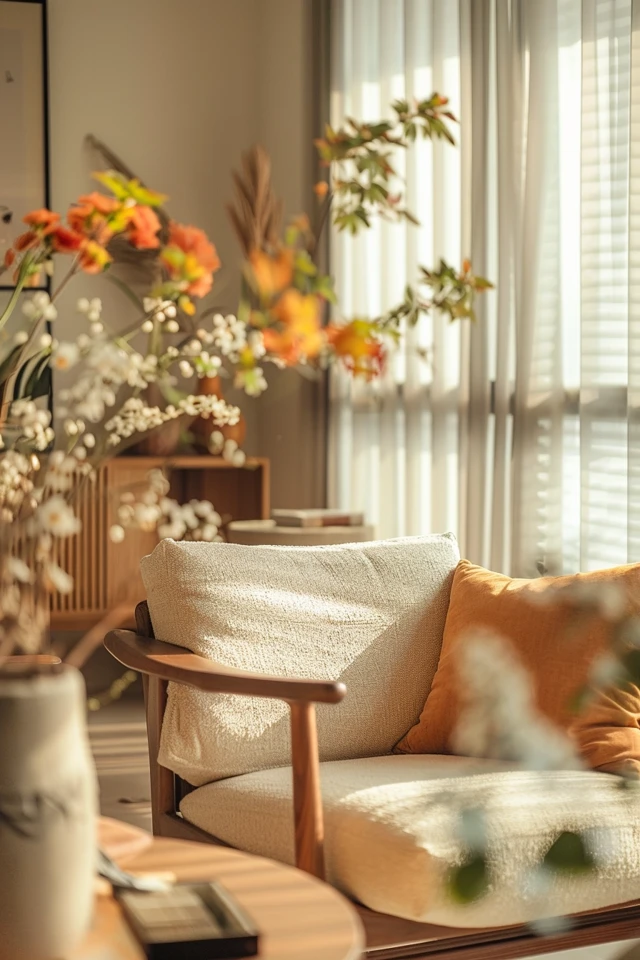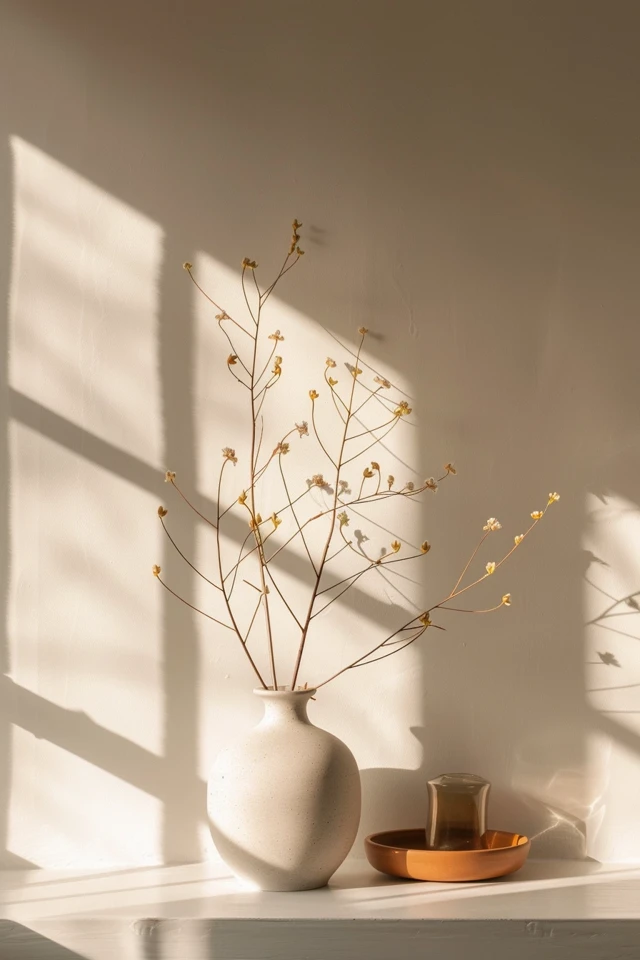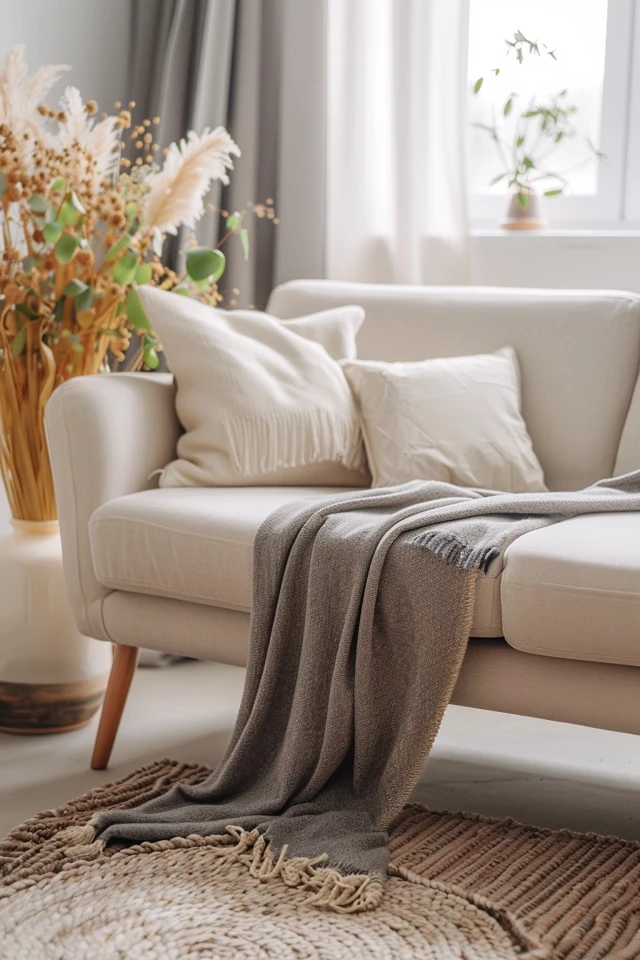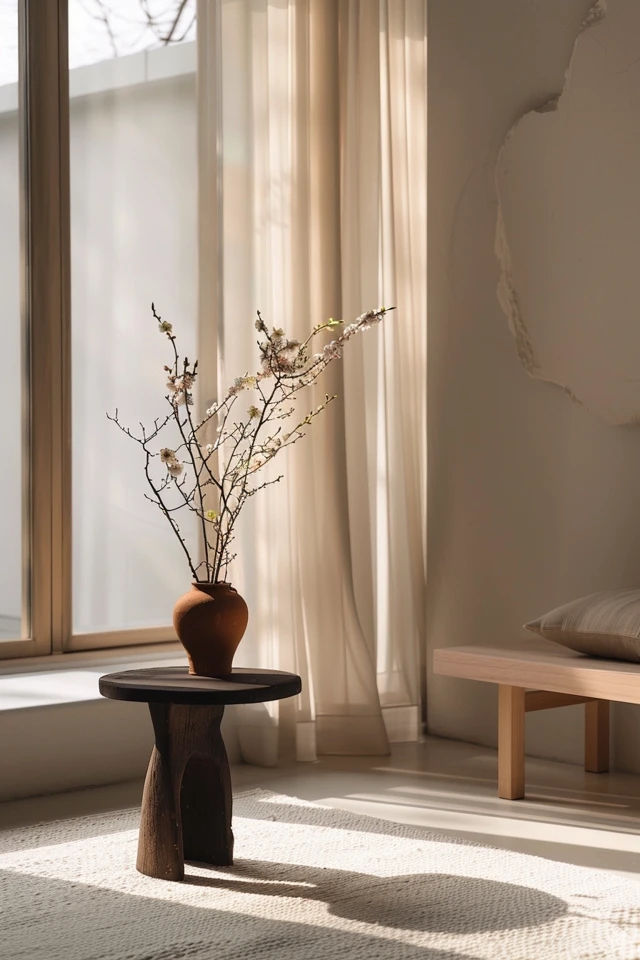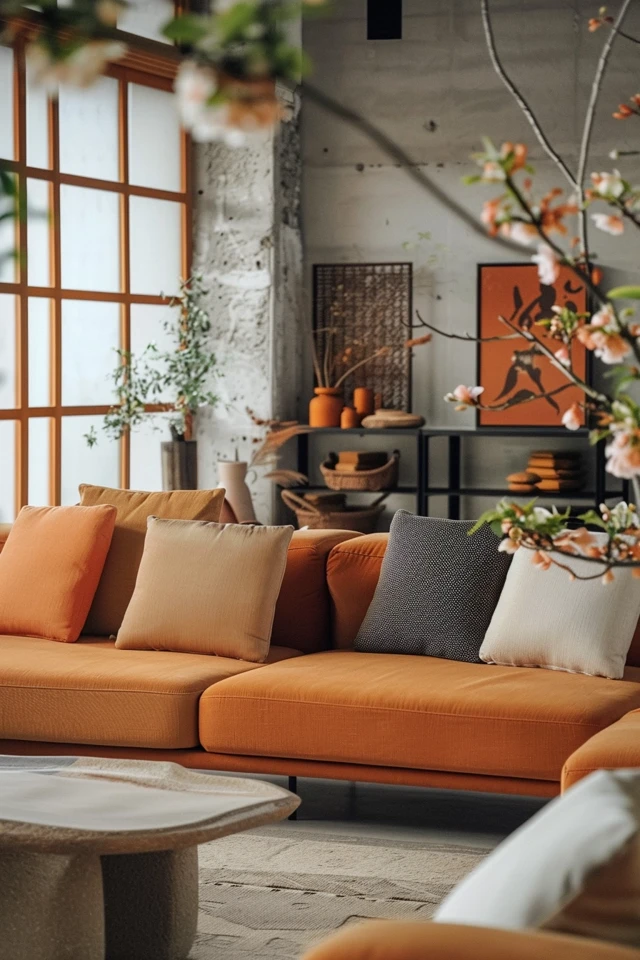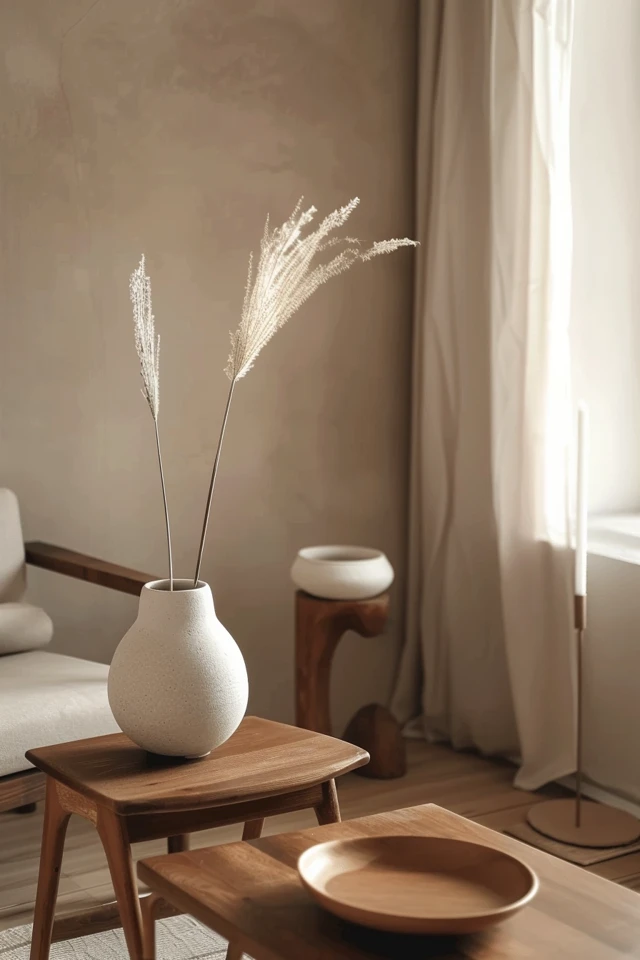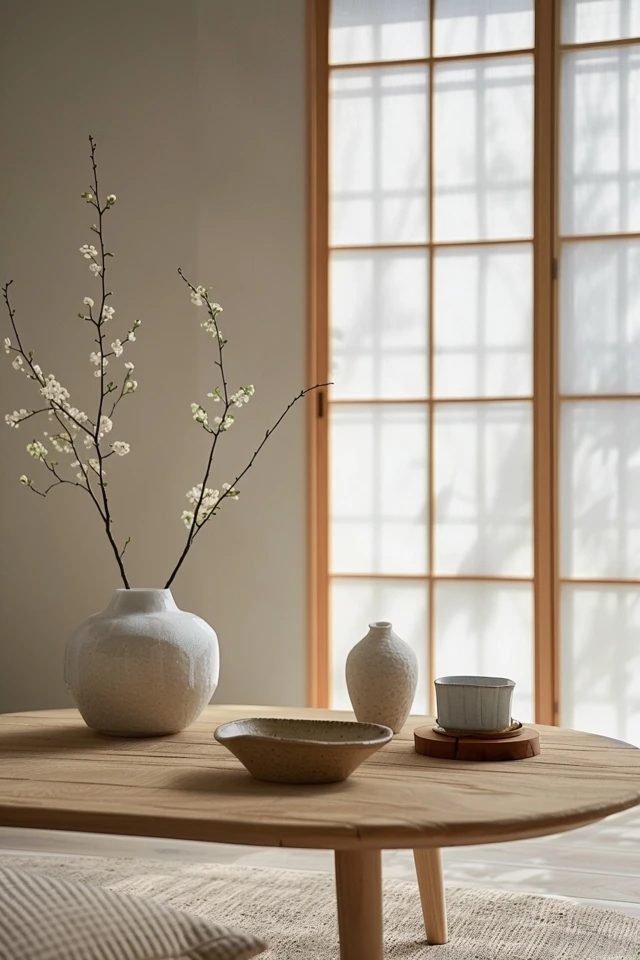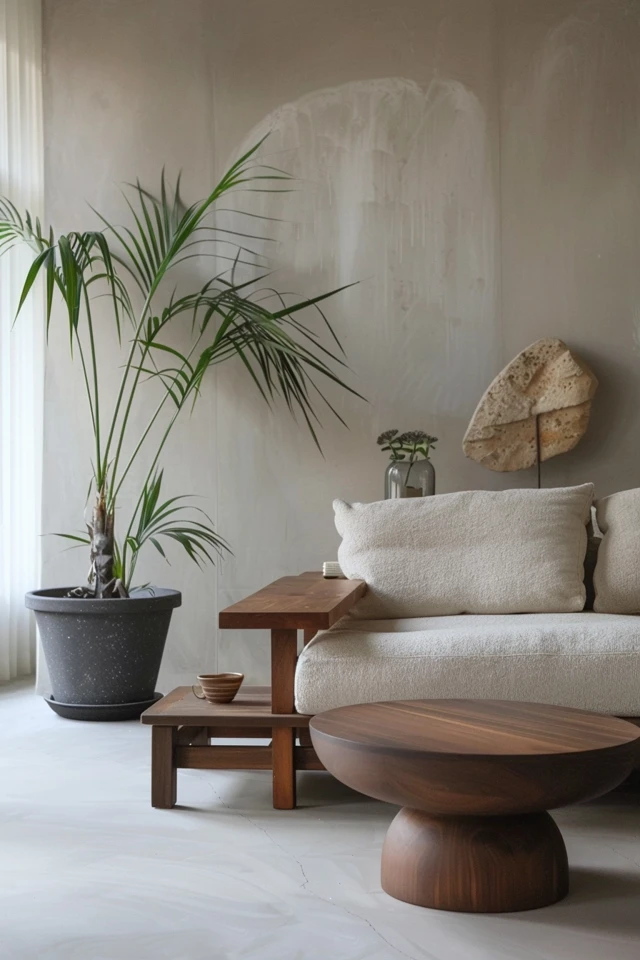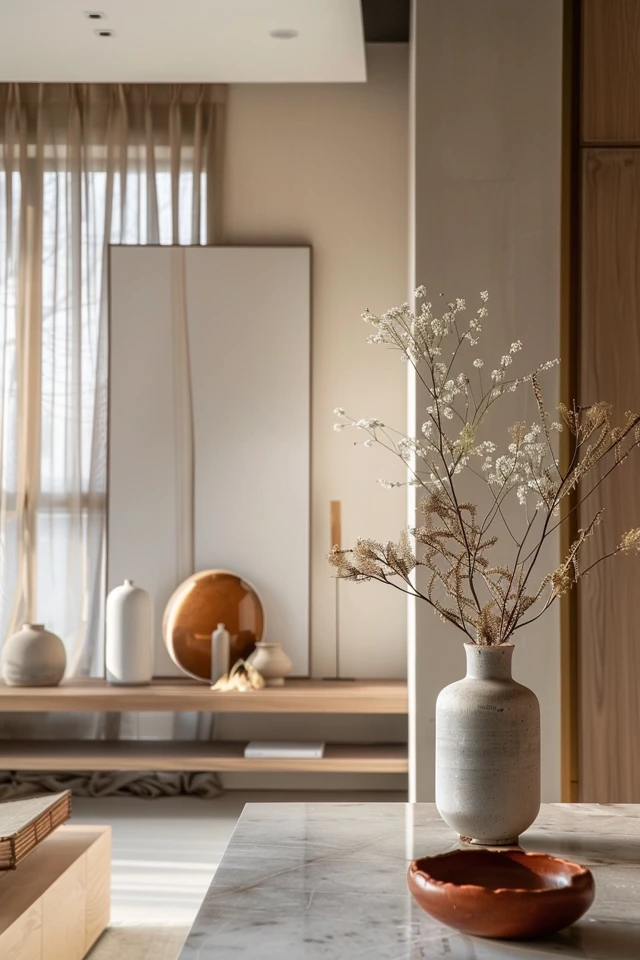Before Reading this Article, Hire Us As Your Designer or Take a Look at My Top 3 Amazon Picks!
If you are looking to blend Amazon's furniture finds with a personalized touch for your space, check out my portfolio, and hire us! You'll get 3 Idea boards, 2 Concept Boards, 2 Realistic Renderings, a Floor Plan, and a Shopping List! Everything's online, plus a 25% discount on your first online interior design project with my Havenly Promo code 4c7441bcfb. With over 2,000 designs since 2017 and top US brand partnerships, your project is in expert hands. US only. Ready to start?
Matisse Wall Art Boho Wall Decor for Bedroom Mid-C...
30% OffSanArt Ukiyo-e Japanese Decor - Vintage Japanese W...
$10.99 (as of January 21, 2025 08:23 GMT -06:00 - More infoProduct prices and availability are accurate as of the date/time indicated and are subject to change. Any price and availability information displayed on [relevant Amazon Site(s), as applicable] at the time of purchase will apply to the purchase of this product.)HAUS AND HUES Vintage Japanese Wall Art with Frame...
$86.99 (as of January 21, 2025 08:23 GMT -06:00 - More infoProduct prices and availability are accurate as of the date/time indicated and are subject to change. Any price and availability information displayed on [relevant Amazon Site(s), as applicable] at the time of purchase will apply to the purchase of this product.)Minimalism is more than just a design trend; it’s a lifestyle choice that promotes clarity, simplicity, and tranquility. Nowhere is this philosophy more evident than in Japanese interior design, which seamlessly blends functionality with aesthetic beauty. As an architect and interior designer specializing in evidence-based design, I’m excited to share insights on how to create a sophisticated, minimalist living space inspired by Japanese aesthetics. This approach not only transforms your home into a serene sanctuary but also promotes a sense of peace and well-being.
The Essence of Japanese Minimalism
Japanese minimalism is rooted in the principles of Zen Buddhism, which emphasizes simplicity, natural elements, and a connection to the environment. This design style is characterized by clean lines, uncluttered spaces, and a harmonious blend of form and function. To achieve this look, focus on creating a space that is both functional and beautiful, using natural materials and a restrained color palette.
Creating a Tranquil Atmosphere with Natural Materials
Natural materials are the cornerstone of Japanese minimalist design. They bring warmth, texture, and a sense of tranquility to a space, helping to create a connection with nature.

Key Materials to Consider:
- Wood: Use wood for flooring, furniture, and accents. Light-colored woods like pine, ash, and maple are commonly used in Japanese interiors for their warm, inviting tones.
- Bamboo: Bamboo is a sustainable and versatile material that can be used for flooring, furniture, and decorative elements.
- Paper: Traditional Japanese interiors often incorporate shoji screens, which are made from translucent paper and wood frames. These screens allow natural light to filter through while providing privacy.
- Stone: Incorporate stone elements, such as a stone basin or pebble garden, to add texture and a touch of nature to your space.
Simplified Furniture for Functional Elegance
In a Japanese minimalist room, furniture is chosen for its functionality and simplicity. Each piece should serve a purpose and contribute to the overall harmony of the space.
Essential Furniture Pieces:
- Low-Profile Furniture: Opt for low-profile furniture like futons, tatami mats, and low coffee tables. This not only creates a sense of openness but also encourages a connection to the earth.
- Multipurpose Furniture: Choose furniture that serves multiple functions, such as a bench that doubles as storage or a table that can be folded away when not in use.
- Clean Lines: Look for furniture with clean lines and minimal ornamentation. The simplicity of the design should allow the beauty of the materials to shine.
Harmonious Color Palette
The color palette in a Japanese minimalist room is typically subdued and natural, drawing inspiration from the outdoors. Neutral tones create a calm and serene environment, allowing the natural materials and textures to take center stage.
Suggested Color Scheme:
- Neutrals: Whites, beiges, and light grays form the foundation of the color palette, creating a clean and uncluttered look.
- Earthy Tones: Incorporate earthy tones like soft greens, browns, and muted blues to add warmth and depth.
- Accents: Use dark accents, such as black or deep brown, sparingly to create contrast and highlight specific elements.
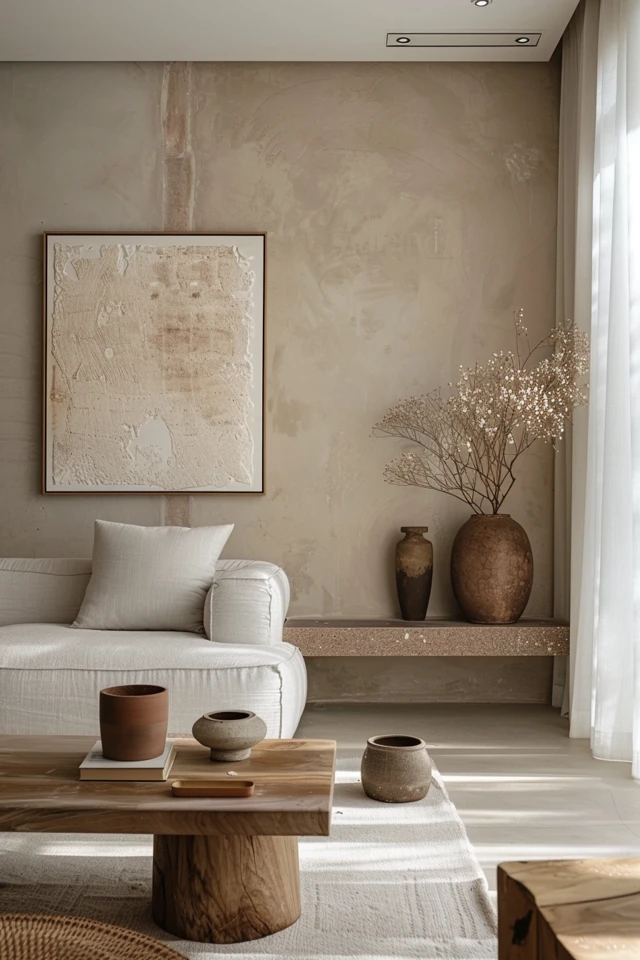
Integrating Nature: Plants and Natural Light
Bringing elements of nature into your home is a key aspect of Japanese minimalist design. This not only enhances the aesthetic appeal but also promotes a sense of well-being.
Incorporating Nature:
- Indoor Plants: Add indoor plants to your space to create a connection with nature. Choose plants with simple, clean lines, such as bonsai trees, bamboo, or peace lilies.
- Natural Light: Maximize natural light by using sheer curtains or shoji screens. Natural light enhances the sense of space and creates a calming atmosphere.
- Outdoor Views: If possible, design your room to include views of the outdoors. Large windows or sliding glass doors that open to a garden or courtyard can blur the lines between indoor and outdoor spaces.
Decluttering for a Peaceful Environment
A clutter-free environment is essential for achieving a minimalist look. Decluttering not only enhances the aesthetic appeal but also promotes a sense of calm and order.
Tips for Decluttering:
- Storage Solutions: Invest in clever storage solutions to keep your belongings organized and out of sight. Built-in cabinets, under-bed storage, and wall-mounted shelves are great options.
- Essential Items Only: Keep only the items that are essential and meaningful. This practice, known as “less is more,” ensures that your space remains uncluttered and serene.
- Mindful Organization: Organize your belongings mindfully, ensuring that each item has a designated place. This not only keeps your space tidy but also makes it easier to find what you need.
Japanese Decor: Simple and Thoughtful
Decor in a Japanese minimalist room is carefully chosen to enhance the overall harmony and simplicity of the space. Each item should have a purpose and contribute to the aesthetic appeal.
Key Decor Elements:
- Shoji Screens: Traditional shoji screens are a beautiful way to divide spaces and create privacy while allowing light to filter through.
- Ceramics: Simple ceramic pieces, such as vases or tea sets, add an element of traditional Japanese craftsmanship to your space.
- Wall Art: Choose wall art that reflects nature or traditional Japanese themes. Minimalist prints, calligraphy, or ink paintings are excellent choices.
- Textiles: Incorporate natural textiles like linen, cotton, and wool for pillows, throws, and rugs. These materials add texture and warmth without overwhelming the space.
Creating Functional Zones
Dividing your room into functional zones can enhance both the aesthetics and practicality of the space. This approach ensures that each area serves a specific purpose while maintaining the overall harmony.
Functional Zones:
- Sleeping Area: Create a peaceful sleeping area with a low-profile bed or futon, simple bedding, and minimal decor. This promotes a restful sleep environment.
- Living Area: Design a living area with comfortable seating, a low coffee table, and a few carefully chosen decor items. This space should be inviting and conducive to relaxation.
- Workspace: If you need a workspace, opt for a clean and simple desk with minimal accessories. Ensure that it is well-lit and free from distractions.
Practical Tips for Achieving Japanese Minimalism
Achieving a sophisticated Japanese minimalist aesthetic involves more than just choosing the right furniture and decor. Here are some practical tips to help you create the perfect space:
- Embrace Simplicity: Focus on simplicity in every aspect of your design. Choose items that are functional, beautiful, and necessary.
- Natural Elements: Incorporate natural elements wherever possible. This includes materials, colors, and decor that draw inspiration from nature.
- Mindful Design: Design your space mindfully, ensuring that each element contributes to the overall harmony and tranquility of the room.
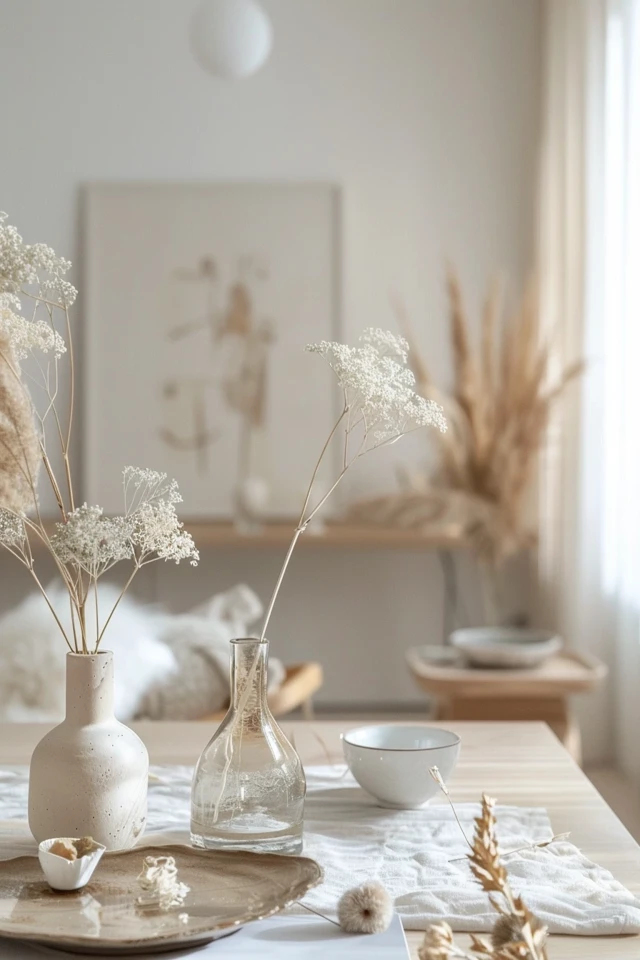
Conclusion: Transform Your Space with Japanese Minimalism
Embracing the sophisticated aesthetic of Japanese minimalism can transform your home into a serene sanctuary. This design philosophy promotes simplicity, functionality, and a deep connection to nature, creating spaces that are both beautiful and calming.
As an architect and interior designer, I believe that the environments we inhabit have a profound impact on our well-being. Japanese minimalism not only enhances the aesthetic appeal of a space but also promotes a sense of peace and tranquility, making it the perfect choice for anyone looking to create a harmonious home.
Whether you’re redesigning your bedroom, living room, or entire home, these tips and ideas will help you achieve the coveted Japanese minimalist look. Remember to focus on simplicity, natural elements, and functional elegance.
By following these guidelines, you can create a space that not only looks stunning but also feels comfortable and inviting. Embrace the sophisticated aesthetic of Japanese minimalism and transform your home into a stylish haven that you’ll love spending time in.
Inspirational Pictures

